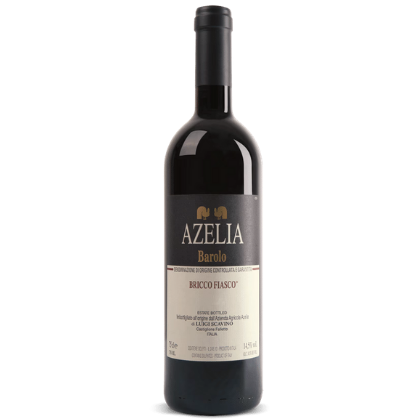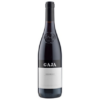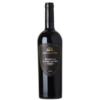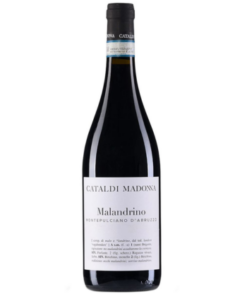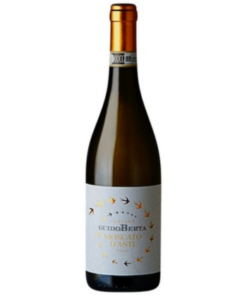2016 Azelia Barolo Bricco Fiasco
$ 105.00
Questions? Ask a Wine Advisor
Shipping InformationVIN96 The 2016 Barolo Bricco Fiasco is a glorious wine. Sweet red cherry, mint, iron, rose petal and blood orange are some of the many aromas and flavors that grace this exquisite, beautifully layered Barolo. A wine of subtlety, nuance and grace, the 2016 has so much to offer. I don’t remember ever tasting a Bricco Fiasco with this level of finesse and nuance. Two thousand sixteen is the first vintage in which the Bricco Fiasco is aged part in cask and part in barrique. All I can say is: Wow!
WA96 Of the four single-vineyard wines presented by Azelia, this is the only one that draws its fruit from Castiglione Falletto. The other three see fruit from Serralunga d’Alba. It makes sense then that the 2016 Barolo Bricco Fiasco marches to the beat of its own drum when compared to its siblings in this portfolio. This wine is set apart by the precision of its aromas and not by the overt power that you get in Serralunga d’Alba. Instead, you get linear and direct aromas of wild cherry, dried blueberry, smoke, licorice and crushed limestone. This Bricco Fiasco is beautifully assembled, elegant and laser-focused. Luigi Scavino’s grandfather planted this vineyard in the 1940s, and the average age of the plants is 85 years old today. The site has more sand in its soils compared to Serralunga d’Alba, and this explains the bright fruity and sometimes floral characteristics of the wine. This is a 5,800-bottle release.
JS96 Fresh flowers with strawberries and cedar throughout this. It’s medium-to full-bodied with a very compact palate of tannins that melt into the wine with freshness and brightness. Linear and deep. Drink in 2023 and onwards.
The Azienda Agricola Azelia, in the centre of the area of Barolo production, is nowadays composed of 16 hectares and it produces, on average, 80,000 bottles per year. Luigi is supported by his wife Lorella and his son Lorenzo, who bears the name of his grandfather and who represents the fifth generation of wine producers. The family management is essential as it permits an extreme precision in every step of the production.
Great care is given to the work in the vineyards. Wine is made there from old vines which produce very few grapes. The low yields are further reduced through the green harvest, indispensable to select fruits, to have a uniform ripening and an impeccable quality.
It is fundamentally a scrupulous attention in the cellar where the respect for the tradition does not exclude the contribution of modern techniques.
| Varietal | |
|---|---|
| Vintage | |
| Appellation | |
| Winery_Name | |
| Wine_Type | |
| Size | |
| Rating |
Related products
Italian Reds 90-100PT
2020 Caruso & Minini Naturalmente Bio Nero d’Avola Sicilia DOC
Italian Reds 90-100PT
2020 Cataldi Madonna ‘Malandrino’ Montepulciano d’Abruzzo DOC
Italian Reds 90-100PT
Italian Reds 90-100PT
Italian Reds 90-100PT
Eclectic Whites
Italian Wine


